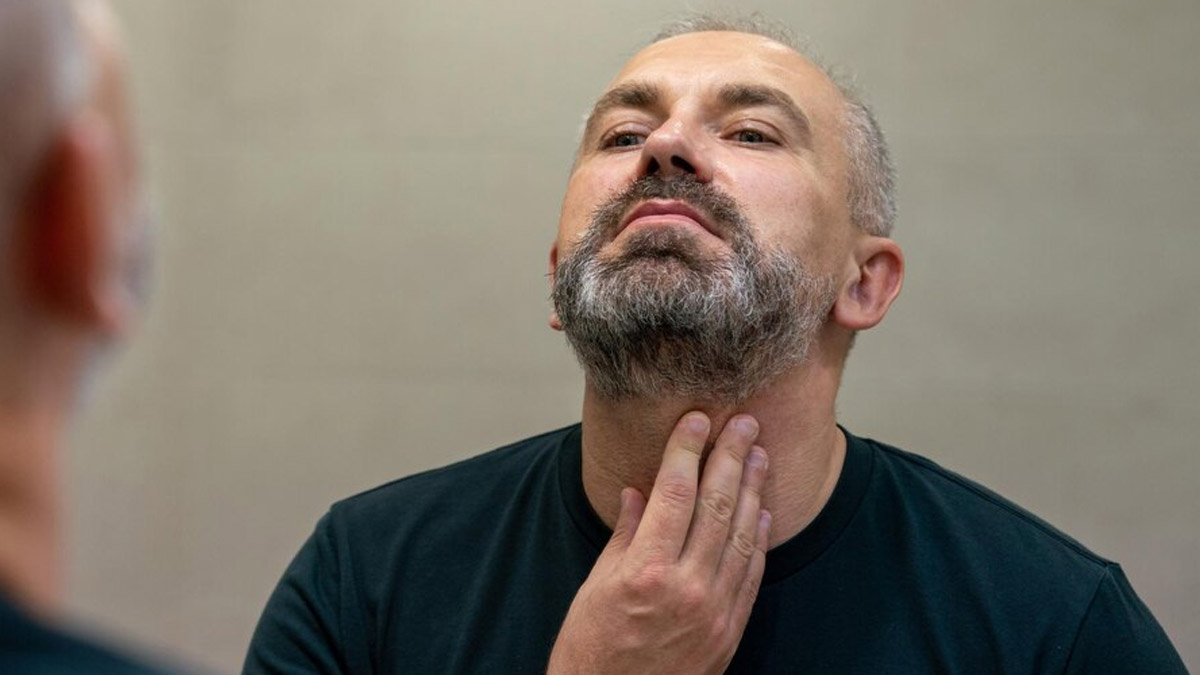
Did you know that head and neck cancer cases are increasing in India? As per reports, 26% of all cancer cases are reported in men as compared to 8% in women. The disparity in gender prevalence is attributed to higher rates of tobacco chewing, smoking, and alcohol consumption among men, behaviours known to increase the risk of these cancers. In contrast, thyroid cancers occur more frequently in women than in men. Additionally, these cancers are largely influenced by lifestyle factors rather than genetics, although familial cancers, which account for about 5% of cases, suggest a potential role of shared environmental or lifestyle influences within families. Familial cancers tend to manifest at an early age, highlighting the complex interplay of genetic susceptibility and environmental exposures. This head and neck cancer cancer day which is observed annually on 27th July, we spoke to Dr Mudit Agarwal, Unit Head & Senior Consultant of Head & Neck Oncology, Rajiv Gandhi Cancer Institute & Research centre (RGCIRC) to know why men are at a greater risk than women.
Table of Content:-
Why head and neck cancer is increasing in India
The incidence is highest among those aged 51-60, with a rising trend of oral cancers in younger individuals due to tobacco and smoking habits. However, there is a concerning trend towards a rising incidence among younger individuals, particularly in oral cancers, driven by the increasing prevalence of tobacco chewing and smoking among the youth.
It is important to be cautious and consider the possibility of familial or genetic cancer when two or more members of the same family develop similar types of cancer at an early stage at an early stage associated with other birth defects. Examples of genetic head and neck cancers include:
- MEN (Multiple Endocrine Neoplasia) syndrome, characterised by tumors in the thyroid, parathyroid, pancreas, adrenal glands, and pituitary gland.
- Familial oral squamous cell carcinoma and Li Fraumeni syndrome.
- Conditions like Xeroderma pigmentosum and Fanconi’s anemia, which predispose individuals to certain cancers.
Also Read: Is There Any Link Between HPV And Head And Neck Cancer?

Early detection and primary prevention are paramount, as they can potentially cure more than two-thirds of head and neck cancers. While a majority of cases in India are diagnosed in advanced stages, there are ways to identify and treat early and pre-cancerous conditions.
Majority of the head and neck cancer in India cases are present in advanced stage, but early and pre-cancerous cases are also detected.
How AI & other advancements are helping in diagnosis and treatment
AI is transforming healthcare, particularly in the realm of head and neck cancer, spanning from diagnosis to treatment. AI plays a crucial role in robotic surgeries and enhances early detection through advanced algorithms, particularly utilising deep learning to interpret imaging and pathology data. Moreover, AI is pivotal in diagnosing complex cases and tailoring personalised treatment plans by analysing clinical and radiological information. Furthermore, AI optimises radiation therapy, facilitating innovations such as adaptive radiotherapy to improve treatment precision and outcomes.
Also Read: Head And Neck Cancer: How To Self-Examine For Tumour Presence
Several advancements include:
- Robotic surgeries: These are minimally invasive and remove tumours with higher precision, better visualisation and lesser morbidity.
- Artificial intelligence: AI can help via algorithms in analysing radiological and pathological imaging to increase the accuracy of diagnosis and aid in creating precise treatment plans.
- Liquid biopsies: These analyse DNA in a non-invasive manner and detect potential tumours for timely treatment.
- Advances in radiation therapy like image-guided radiation therapy (IGRT) which uses images to analyse every time before radiation therapy thus increasing precision or cyber knife which is recurrent cases and proton beam therapy which has shown to be very promising in many rare head and neck cancers.
- Precision medicine: Advances in genomic profiling that allow the identification of specific mutations and thus targeting therapy accordingly. For example, anaplastic thyroid cancer in which patients would die within months now with targeted therapy patients can live for years.
With ongoing research and implementation of cutting-edge therapies, the future holds promise for further advancements that will continue to transform the outlook for patients battling head and neck cancers.
Also watch this video
Read Next
Widespread Panic's Jimmy Herring Diagnosed With Stage 1 Tonsil Cancer; Know All About The Condition
How we keep this article up to date:
We work with experts and keep a close eye on the latest in health and wellness. Whenever there is a new research or helpful information, we update our articles with accurate and useful advice.
Current Version
